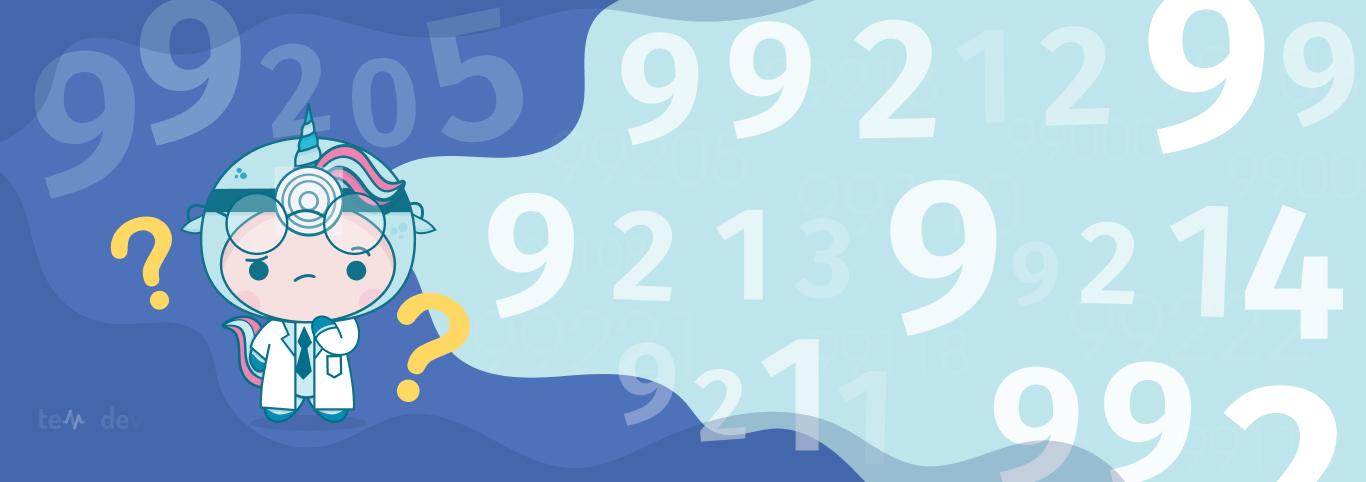2021 E&M Office Visit Billing & Payment Reform Impact


Related articles:
7 Ways to Improve the Patient Experience When Faced with Appointment Overflow
Read ArticleOvercoming Implementation Challenges: Best Practices for Integrating AI in Healthcare Organizations
Read ArticleTop 5 Healthcare Trends: Telehealth, Blockchain, VBC & More
Read ArticleThe CMS 2019 Final Rule included significant reforms for 2020 and 2021 E&M Office Visit Billing. These changes are meant to further simplify and reduce the paperwork burden that providers still battle daily. This year, the CMS aimed at some cumbersome E&M billing and reimbursement practices that have created unnecessary problems for providers. Once implemented, these changes will align CMS policies with the rules adopted by the American Medical Association (AMA) Current Procedural Terminology (CPT) Editorial Panel for office/outpatient E/M visits. Put simply, the AMA and CMS have successfully worked together to make these much-needed adjustments to E&M billing and reimbursement.
These anticipated E&M office billing and payment reforms are going into effect on January 1, 2021, to the delight of some medical providers and the chagrin of others. Even though these changes aim to benefit medical practices, the new rules will initially cause some confusion. They will also require an upgrade of the EPM & EHR systems for many medical providers. Your physicians may struggle at first to adjust to these changes, but most experts agree that they will make your life easier and improve your billing and reimbursement reasonably quickly.
Major Changes in 2021 E&M Office Visit Billing
Some of these changes were initially meant to take effect in 2020 but were delayed a year by CMS, so you should be at least mentally prepared for them. According to the AMA, the reforms are meant to reduce the administrative burden on healthcare providers by simplifying the E&M codes, dropping some of the more burdensome ones, and giving physicians increased flexibility in their coding choices. For some, the changes will mean increased revenue as well as less complicated and lengthy billing practices.
2021 E&M Code Changes
The rule changes include a few alterations to CPT codes. The code 99201 is an office or other outpatient visit for the evaluation and management of a new patient. Under the new rules, code 99201 will be dropped since it describes services that are covered under 99202 and is an unnecessary duplicate code.
CMS is also implementing a shorter prolonged services code that measures physician time in 15-minute increments and can be used with codes 99205 and 99215 when they are chosen due to the time factor. These add-on codes will help physicians be fully reimbursed for their services. Both changes are expected to simplify code choice and cut the time spent on administrative tasks.
These changes are a result of the AMA RUC recommendations that were formulated after the AMA surveyed more than 50 specialty types. They concluded that office/outpatient E/M visits are more complex and time-consuming than current reimbursement indicates. These changes are meant to increase revenue for physicians by accurately reflecting the time spent on patient care.
Elimination of History and Physical in Code Choice
The committee decided that the time and medical decision elements should not be the only determinants of code choice, which is currently the case. The revised code description now states that providers perform a "medically appropriate history and/or examination," which is a more straightforward way to document medical services rendered.
Medical Decision Making or Total Time
The 2021 E&M office visit billing changes include new and more precise language for MDM definitions used for code selection. The time definition was changed to reflect minimum time instead of the typical time. Minimum time represents the total physician/qualified health care professional time provided on the date of service. This change means that providers will get credit for the time they are involved in non-face-to-face time services necessary for patient care. As physicians are well aware, their services are not limited to what they do in the presence of a patient. This change only affects codes selected primarily for time and not MDM-based choices.
MDM Criteria Changes
The AMA panel worked to clarify and define previously ambiguous terms. The word "mild" and other unclear words have been removed, and many terms and phrases have been defined, eliminating the provider's need to guess at what the CMS wants.
In addition, the data element of MDM has been changed to emphasize management tasks instead of simply adding up the number of tasks performed. For instance, more importance will be given to tasks such as discussing a test result with another provider.
These changes were finalized in the CMS 2020 Medicare Physician Fee Schedule Final Rule. As previously stated, the changes were expected to take effect on January 1, 2020, but were delayed a year by CMS. While these changes are welcomed by most in the medical community, you need time to prepare for them, which may mean updating your Practice Management & EHR. To avoid code confusion, you need to address this issue soon.
2021 E&M Office Visit Charges
Because of the alteration to the time definition, the charges for office/outpatient visits levels 2 through 4 will be reimbursed differently. Level 2 and 3 visits will see an increase in charges, while level 4 reimbursement will likely decrease. Some providers, including specialists, have protested this change, fearing that they will lose significant revenue due to this reduced level 4 reimbursement. However, the previously discussed add-on codes, which let the provider bill for more time, are meant to mitigate those potential losses.
Adjusting to the 2021 E&M Changes
CMS has been on a mission to simplify documentation and reimbursement practices for some years. These 2021 E&M code revisions are meant to streamline code selections and history, exam, and data documentation. These changes only apply to E&M billing and payment, but office visits are the core of most medical practices, so the new rules will affect most providers in some way.
Since the AMA spearheaded the reform effort, providers should have confidence that these alterations were for their benefit. The AMA workgroup leader, Barbara Levy, MD, stressed that the goal was to make the system "more intuitive" for physicians. The new documentation relies on the well-known SOAP process: subjective, objective, assessment, and plan. This means that providers will note why the patient is there (subjective), what was learned from the history and exam (objective), what the physician assessed was the problem, and their plan to address the assessment. This method is logical and straightforward.
While Levy believes the new system will be "terrific" for doctors, she warns that the adjustment will take some time. For years, providers have been trained to follow the current CMS rules, whether they made sense to them or not. Breaking that ingrained habit will take some effort. Providers would be wise to seek assistance from experts such as those found at TempDev to prepare for January 2021.
Preparation should take several forms. First, your staff will need instructions on the changes and how they will specifically affect their work procedures. The AMA offers several helpful online documents to aid in this effort. Still, implementing the changes will require more than a few tutorials.
The time coding changes might be the most difficult to conquer and may require changes to how you document procedures. Prep time will count as part of services rendered as will a number of non-face-to-face activities. Correctly documenting these tasks will require careful attention to detail.
Although E/M documentation requirements will be less restrictive, you cannot afford to become lax in this area. You will still have to protect yourself from medical malpractice suits by meeting the required standards. Some in the medical community may take the changes as an excuse to relax their documentation a bit too much if they are not vigilant.
TempDev Help
Before 2021, you should consult with TempDev so that your NextGen EPM & EHR can be upgraded to deal with the coding changes. As things stand, your current system does not accommodate for the time requirement add-on option. Your NextGen templates will have to calculate specific codes differently than it does now. If you do not get this upgrade, your billing procedures could be in severe disarray, and you will find yourself submitting incorrect claims when the changes are first implemented with unsubstantiated documentation.
TempDev is your obvious choice to help prepare for 2021. Their partnership with NextGen means they can offer you the industry's most advanced consulting. In fact, they are armed with a team that specializes in the financial and clinical aspects of these changes. They have the tools to upgrade or customize your system in preparation for the E&M reforms. TempDev will be able to upgrade your NextGen EPM & EHR, and they will educate your staff on the changes, as well as offer any other support that you need.
As a provider, you will always have to adapt to yearly CMS changes in policy and procedures. Some years will be more challenging than others, and 2021 may be one of those more demanding years. The changes to the E&M office visit billing and payment reforms will require your staff to make some significant alterations to procedure and billing practices. The CPT code changes, in particular, may throw them a bit, especially if you haven't given them enough training or updated your system. You can prevent frustrating and costly errors by being proactive, planning, and getting help from the experts at TempDev.
Interested?
Agree with our point of view? Become our client!
Did you enjoy this read? Feel free to share it with your contacts.






